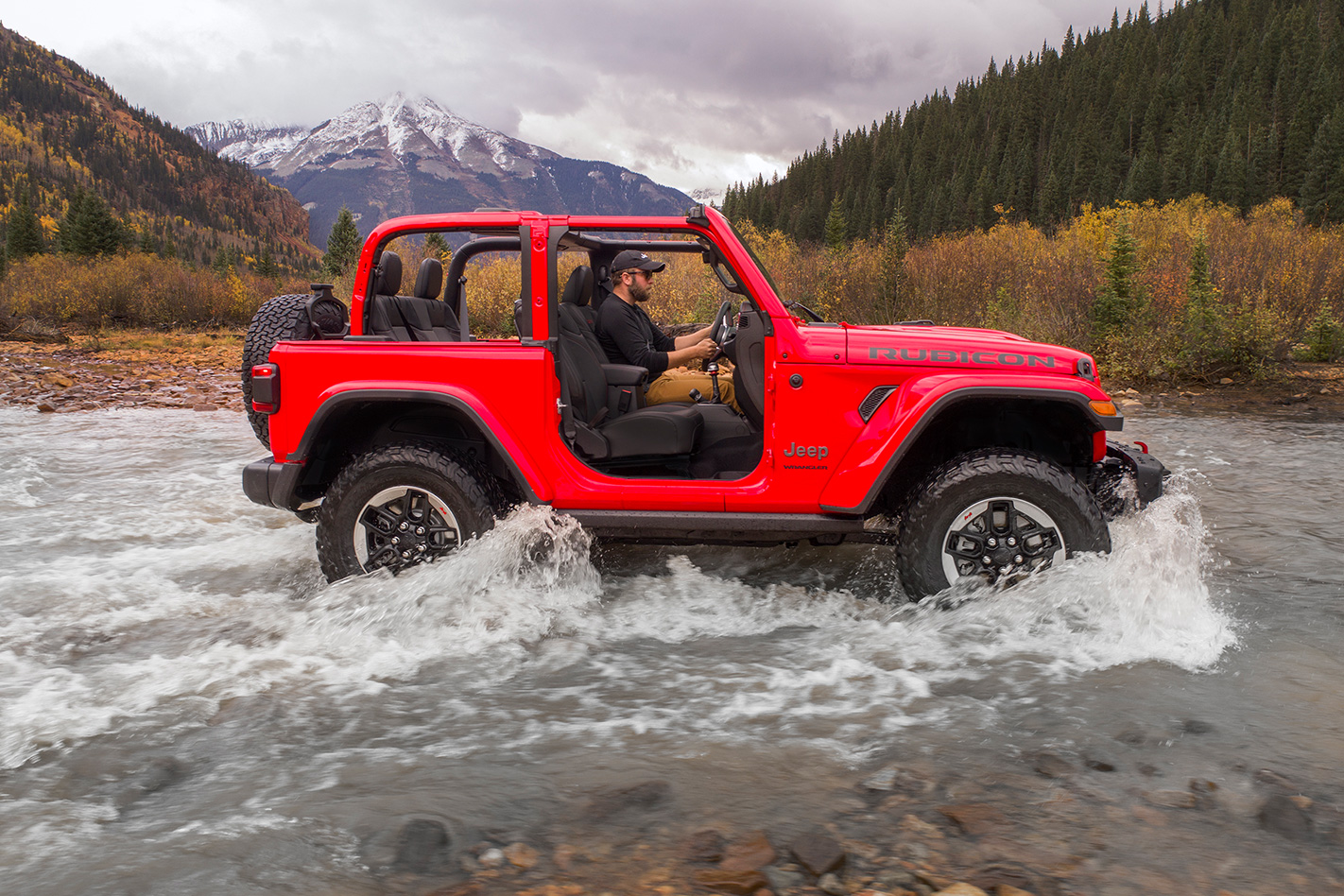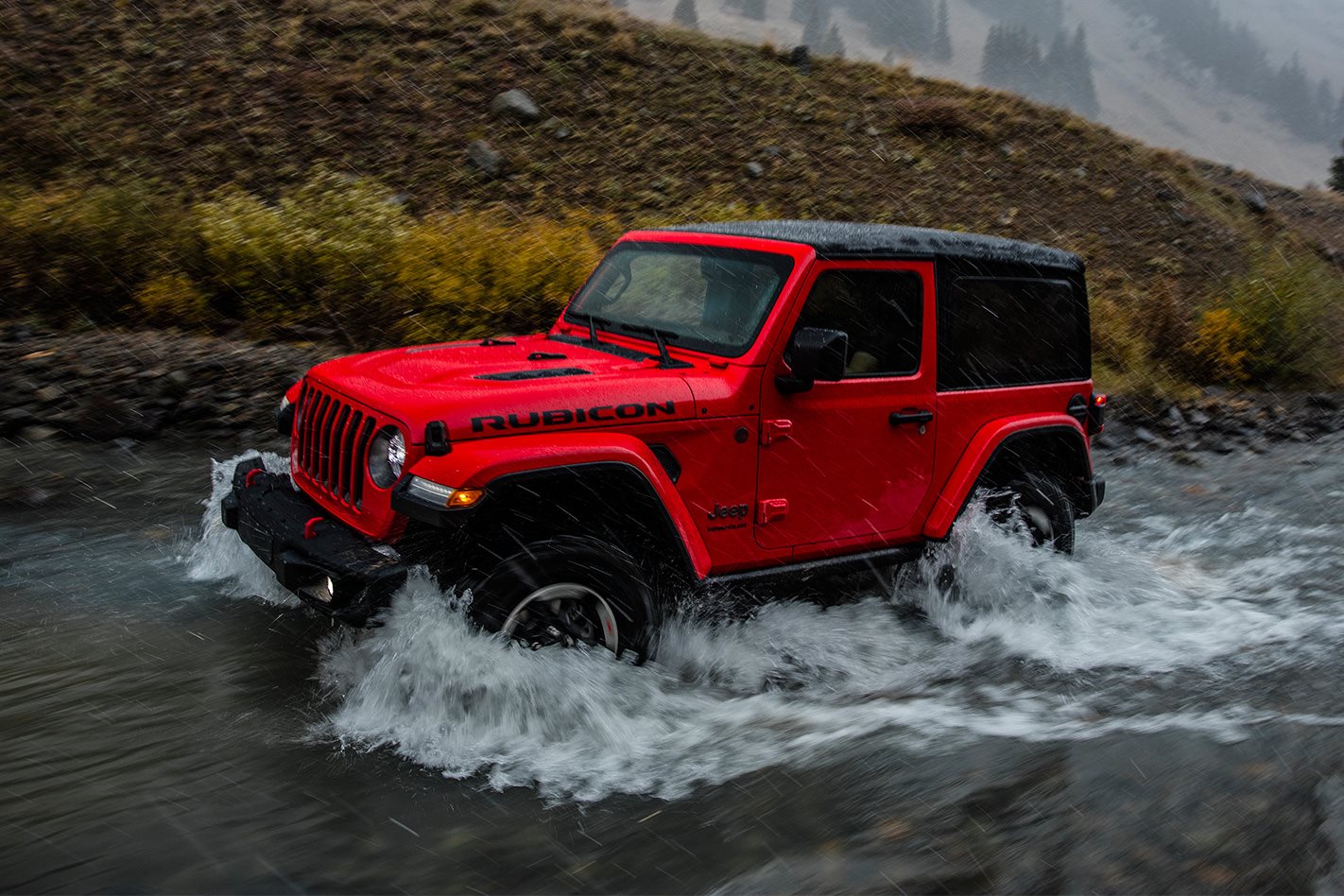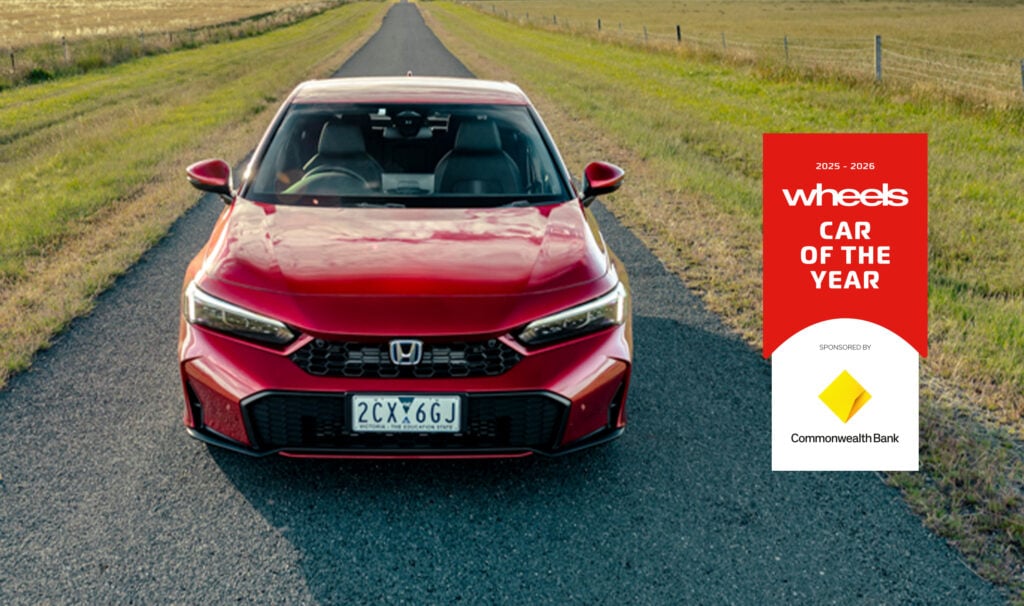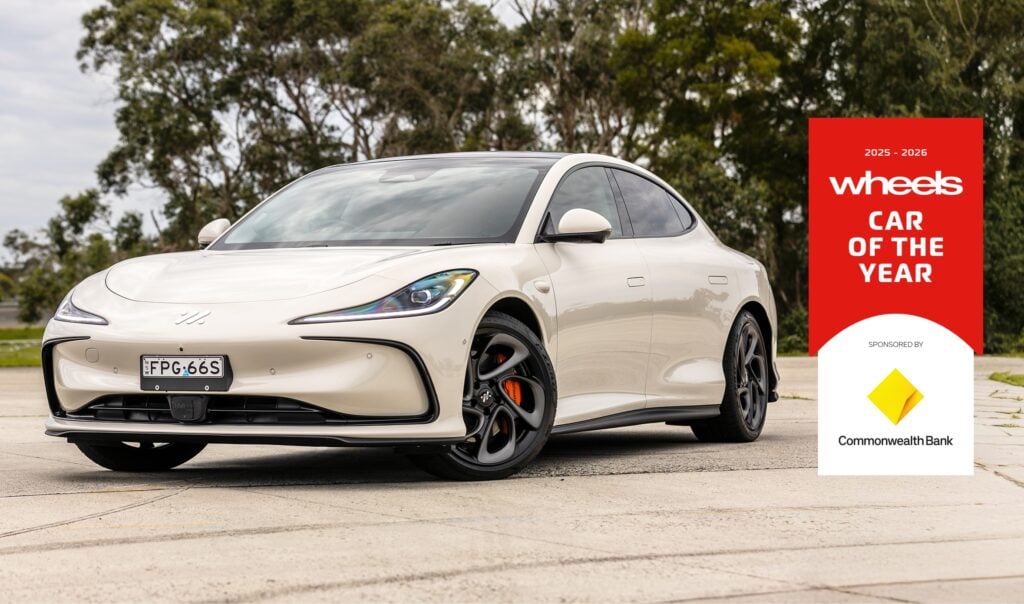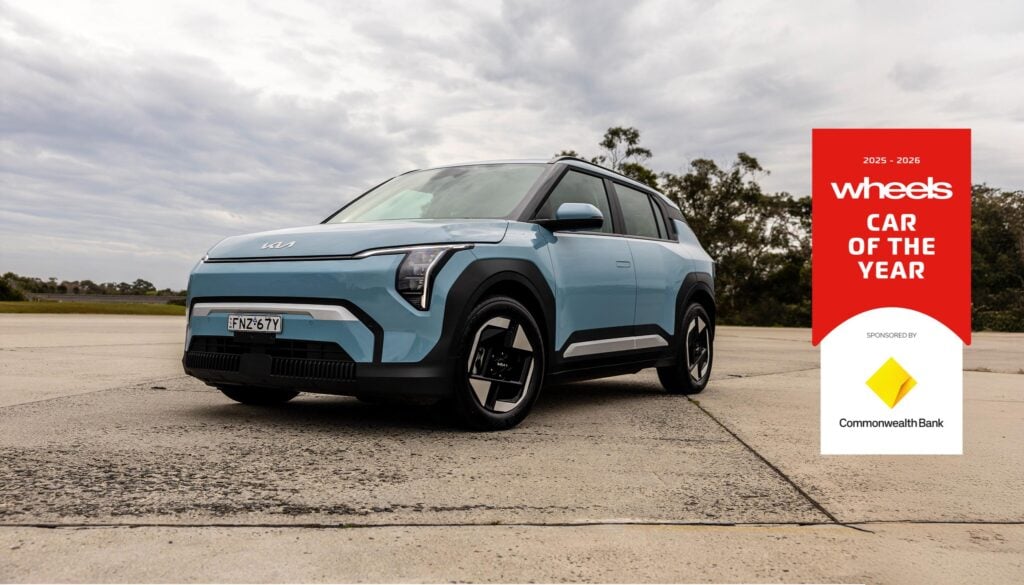IF THERE’S one model in the Jeep line-up that best encapsulates the brand’s utilitarian off-road roots, tracing its origins right back to the ‘civilianised’ military vehicle of 1941, it’s surely the Wrangler.
This is the true rock-hopping, mud-crawling, go-anywhere vehicle for buyers not interested in the beaten path. The all-new 2018 Jeep Wrangler, due in Australia in the fourth quarter, retains the design cues of the original, but brings itself into the current age via lighter construction, a new 2.2-litre turbo-diesel engine, eight-speed auto, and a huge leap in interior presentation and equipment.
A next-gen 3.6-litre Pentastar petrol V6, effectively an update of the engine currently offered in both Wrangler and Grand Cherokee, will also be available, while other markets will be offered a 2.0-litre turbo-petrol. A 3.0-litre EcoDiesel V6 will join the global line-up in 2019, but is unlikely for Oz.
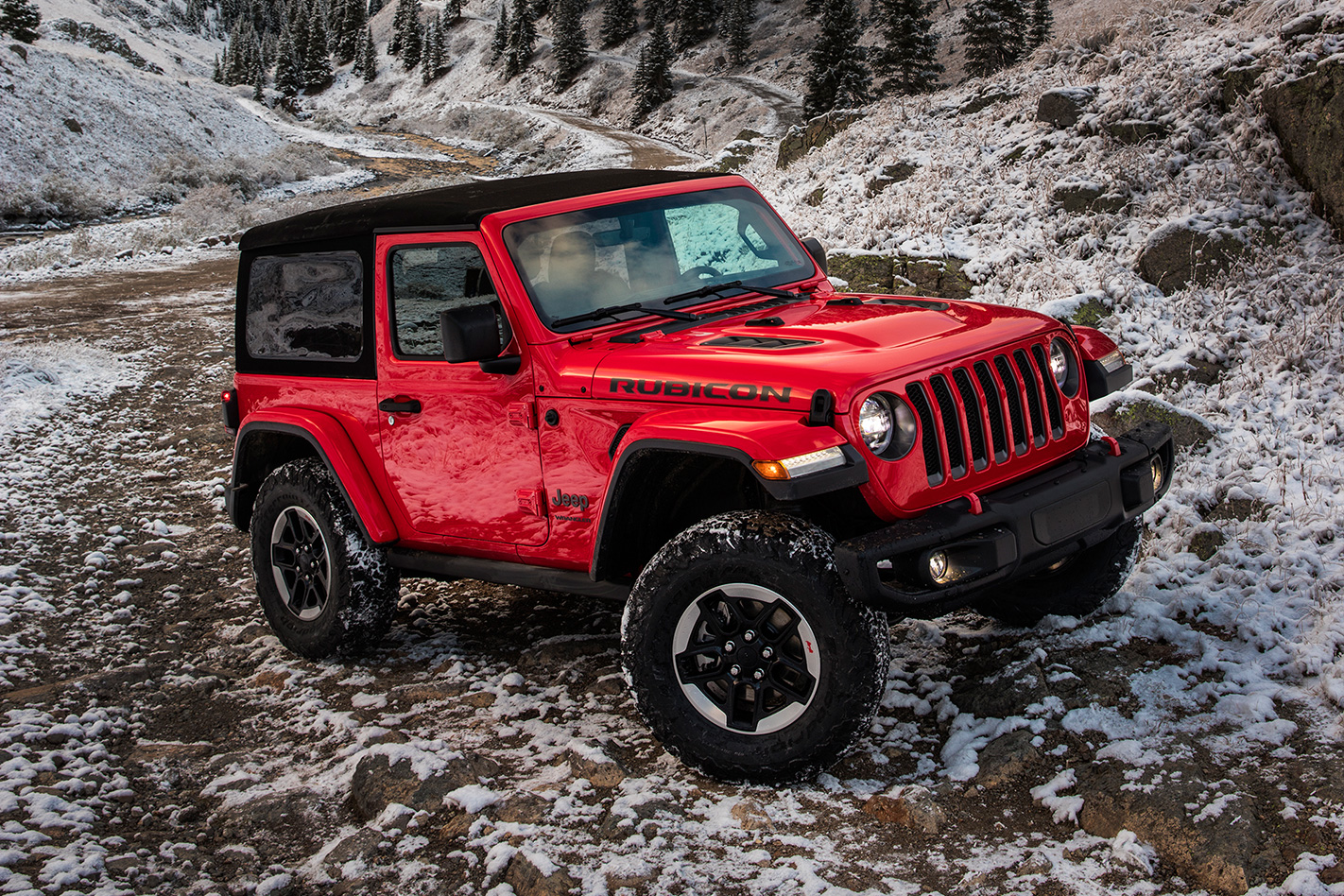
Jeep is touting even greater off-road ability, but with suspension retuning aimed at improving road manners and ride comfort.
As for outputs, the 2.2-litre turbo-diesel four makes 146kW and 450Nm, while the 3.6-litre V6 is rated at 212kW and 353Nm, small gains on the existing engine.
The eight-speed automatic, also found in the Grand Cherokee, demanded a packaging rethink: “We increased the wheelbase by 60mm, in part to accommodate the new transmission,” says Wrangler chief engineer Brian Leyes. “But it also gave us an extra couple of centimetres of space for rear-seat passengers, which is noticeable.”
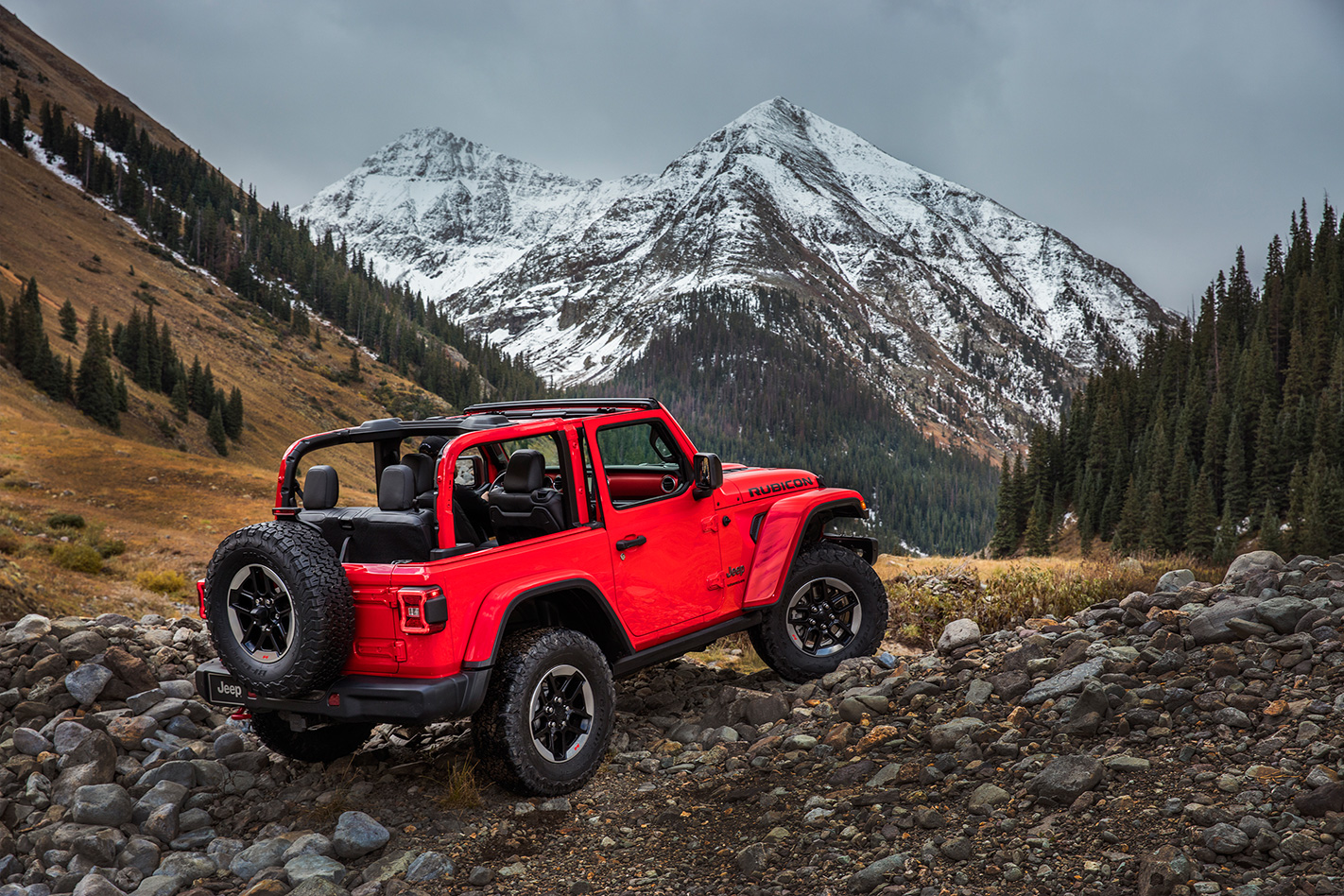
The range opens with Sport, moves to mid-spec Overland (called Sahara in other markets) and then to top-spec Rubicon. The base- and mid-spec models are fitted with what Jeep refers to as the Command-Trac 4×4 system with a 2.72:1 crawl ratio.
The even more hardcore Rubicon steps that up with its Rock-Trac 4×4 system featuring upgraded Dana 44 front and rear axles and Tru-Lok locking differentials.
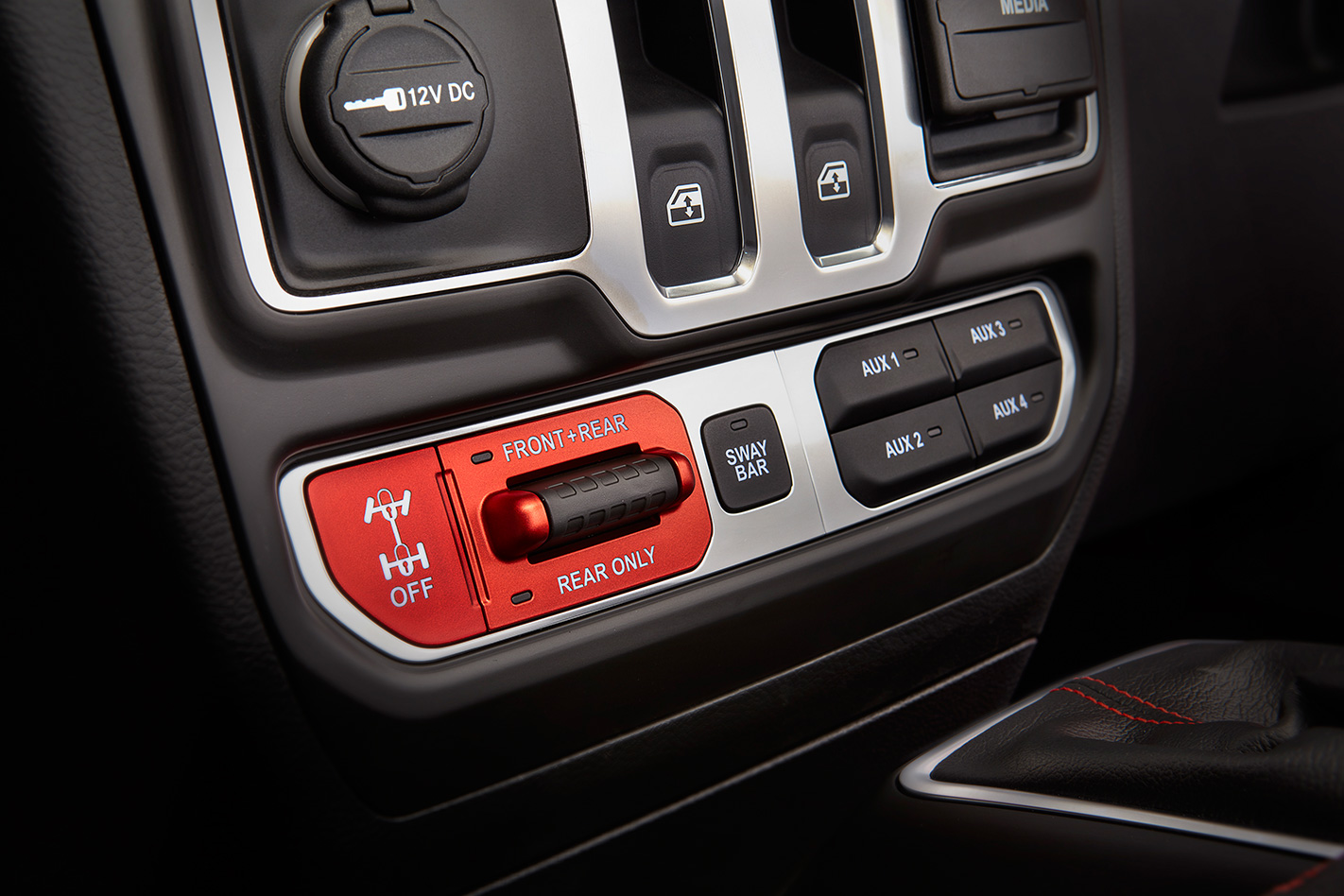
So here’s the stuff that serious off-roaders need to know: Wrangler’s approach angle is 44 degrees, break-over angle is 27.8 degrees, while departure angle is 37 degrees. Ground clearance is 276mm. “All these measurements are better than those of the outgoing car,” says Brian Leyes.
It’s also more manoeuvrable, with the turning circle reduced by a little over 15cm compared to the existing car. There’s also better underbody protection, all honed on the torturous Rubicon trail.
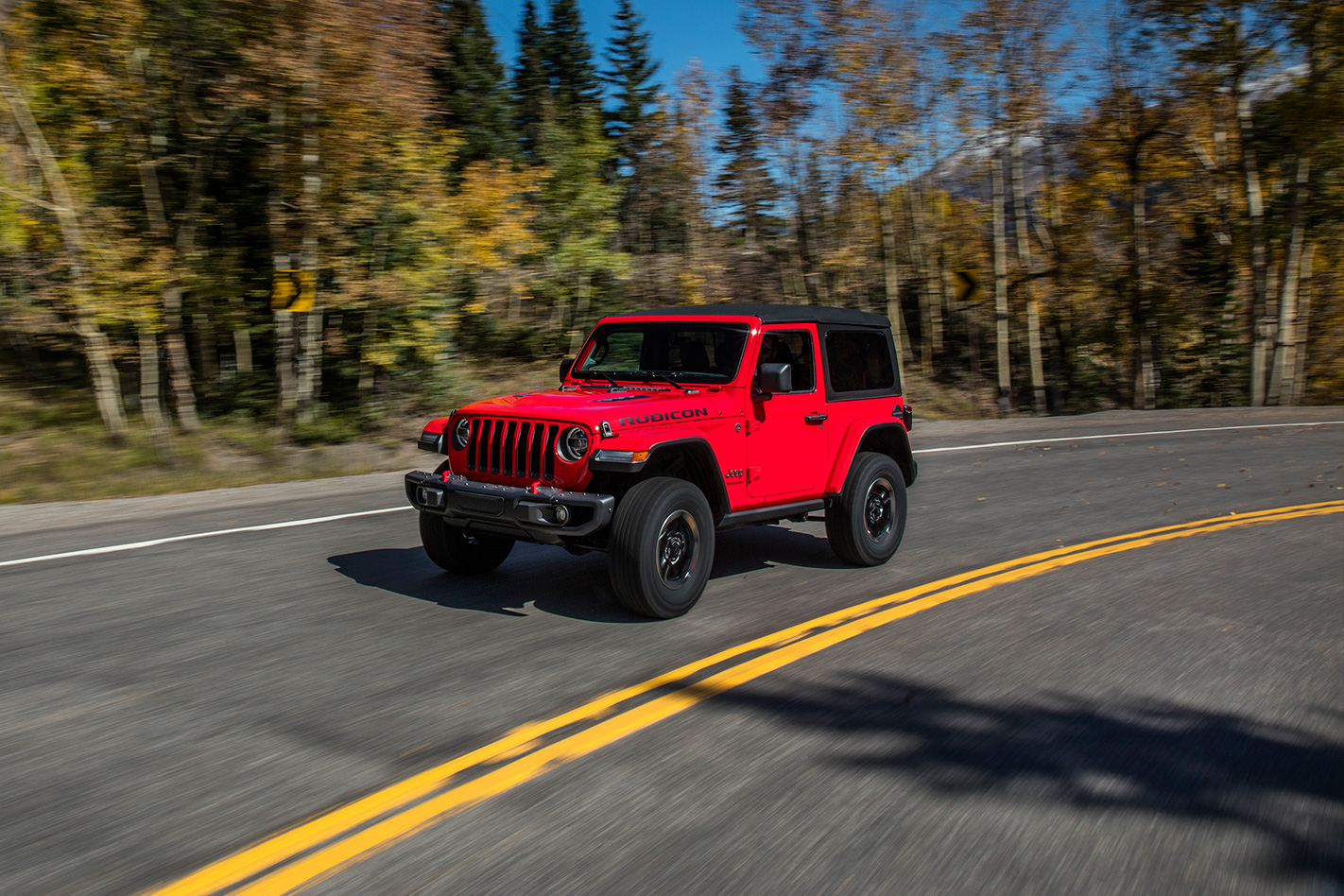
To make the folding screen a feature that customers will actually use, its release has been made much simpler via just four bolts accessed through the header rail and removed with the supplied tool. Crucially, the new header rail stays in place even when the windscreen is folded, allowing the rear-view mirror to remain in position when you’re chasing the full wind-in-the-face experience. The folded screen secures neatly on a pair of bonnet-mounted supports. “It’s awesome on a fine day at anything below 40km/h,” smiles Allen. “Above that, it’s awful.”
Interior presentation is the other area that takes a significant leap with 2018 Wrangler. The designers’ challenge was to retain the ultra-functional, almost hose-out qualities of the outgoing model, while raising the general sense of quality and feel-good factor.
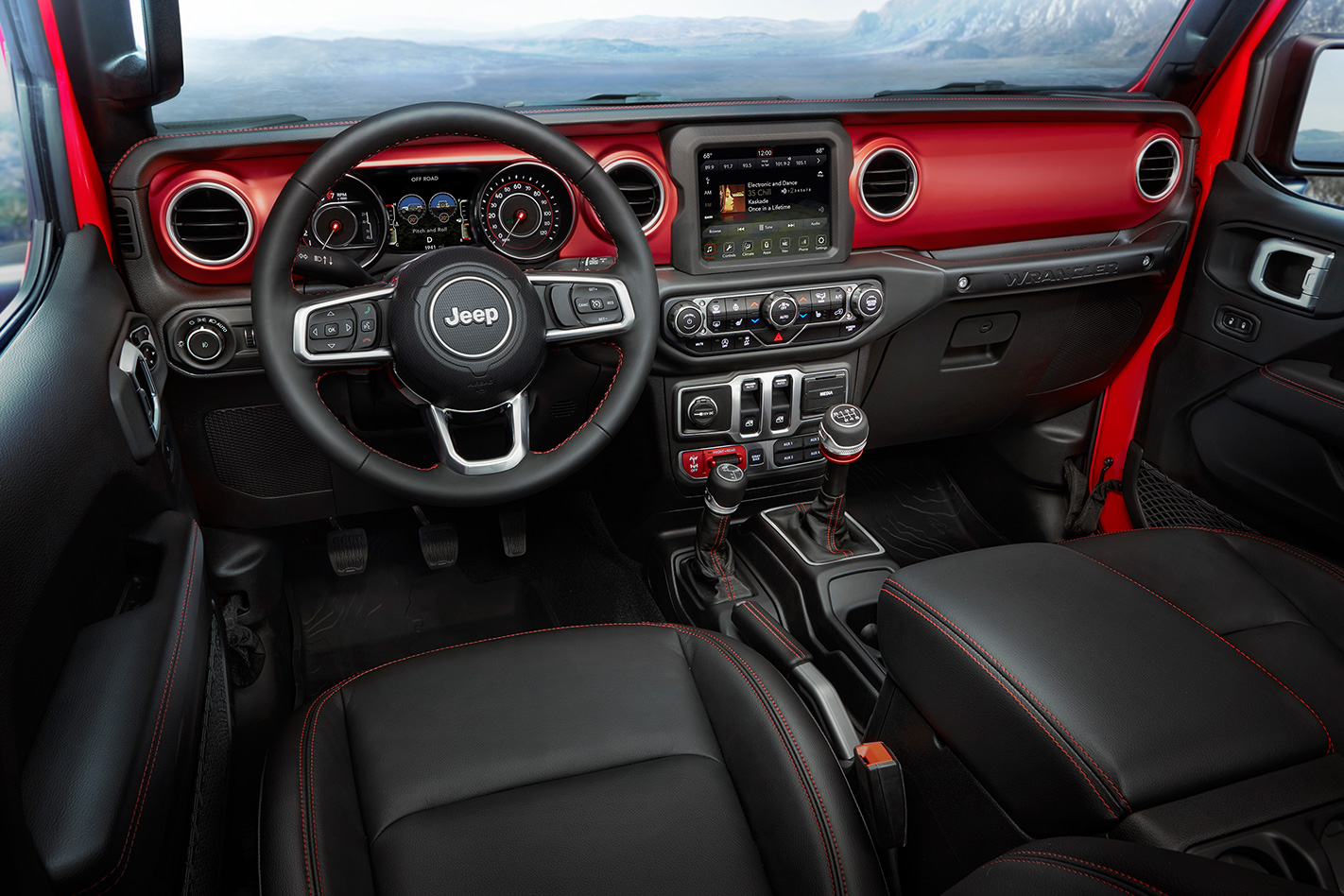
The rear-seat area has also been given a significant rethink, making it a far more habitable space, with flexible storage, dual USB ports and better ventilation.
Various interior packages are on offer, including ‘Heritage’, with aluminium and tan treatments, or ‘Redical’ with, you guessed it, red accents.
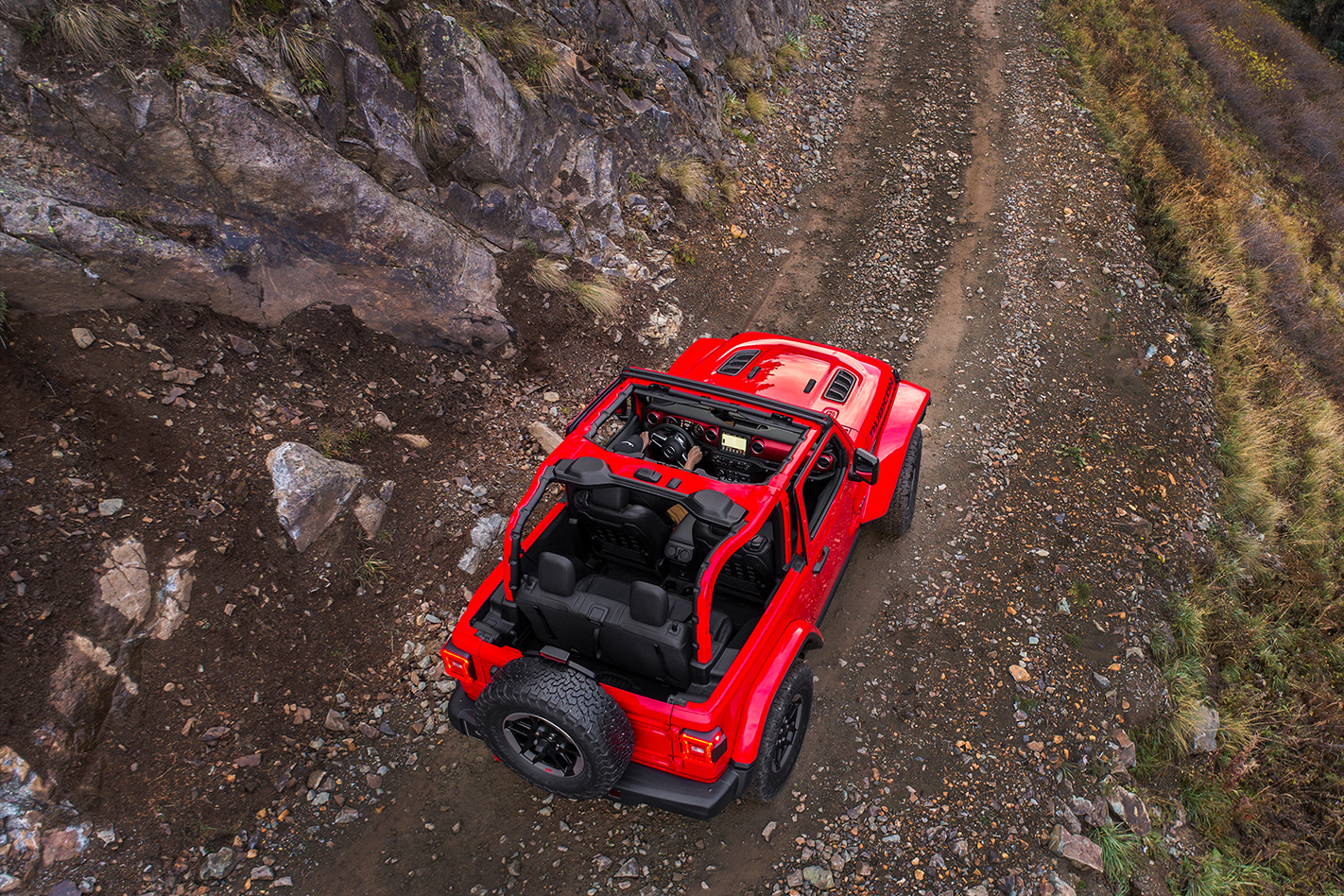
One unique aspect of Wrangler is the low number of customers interested in leaving them as delivered by the factory. “Wranglers are made to be modified,” says Todd Beddick, head of the company’s Mopar division. “Our customers spend an average US$1000 on each car, so we’ve developed around 200 components intended to improve capability, aesthetics, protection, or the general lifestyle factor.” Lift kits are huge business, while for the first time, Wrangler is designed to take roof racks, and can be fitted with a factory snorkel.
With a new Wrangler only appearing every ten or so years, a small but loyal band of bitumen-dodging devotees is no doubt keenly awaiting its arrival.
